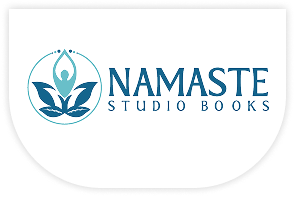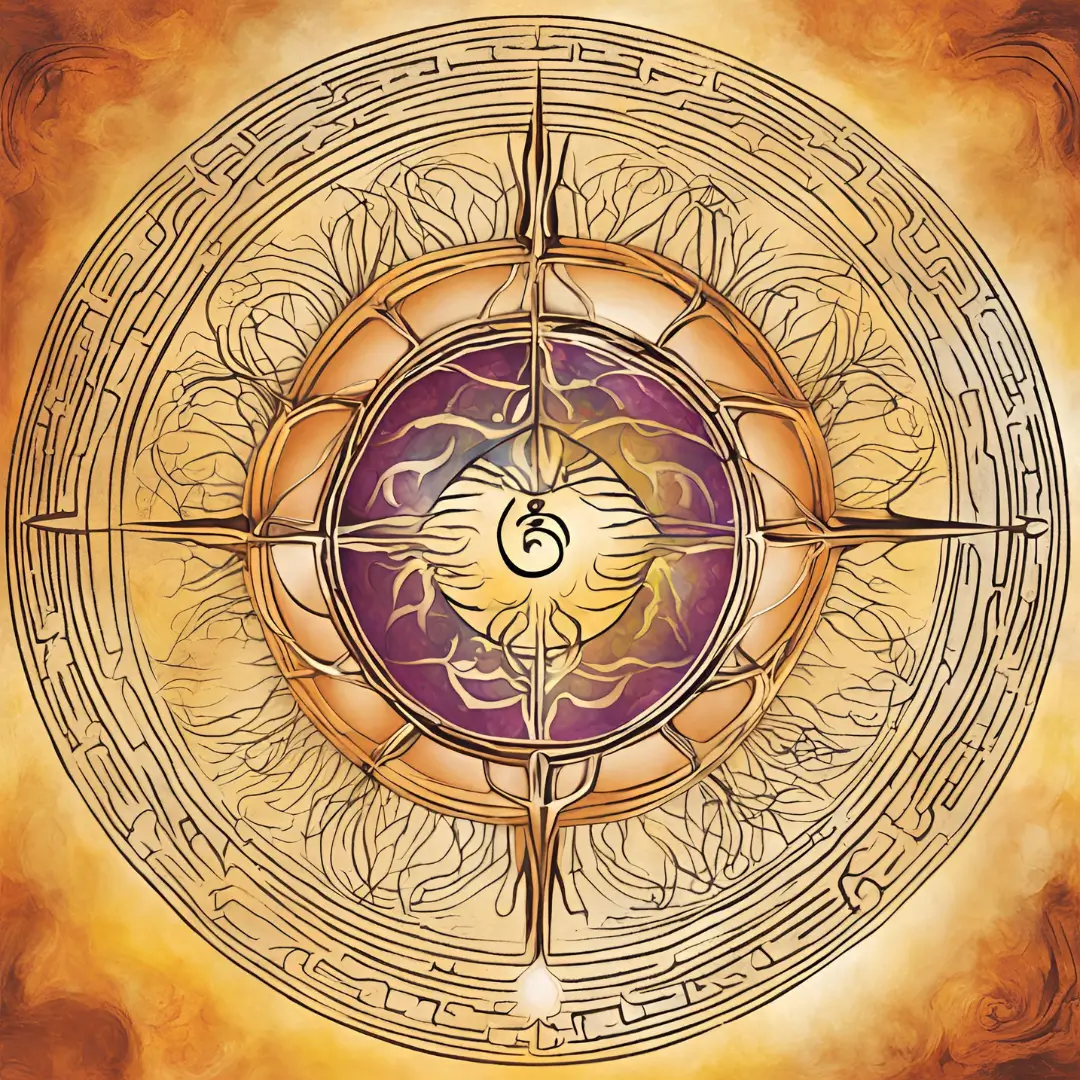Exploring the Types of Reiki: USUI, Karuna, Kundalini, and Jikiden
By Dennis Bluthardt, Namaste Studios
At its core, Reiki is a method of healing that connects us with the universal life energy for our physical, emotional, and spiritual well-being. This ancient practice comes from the idea that an unseen “life force energy” flows through us, the idea for life to exist, and we can switch to this energy channel for healthiness and good feelings.
As with anything, there are many types of Reiki practices, and it’s important to remember this when choosing a healer and/or support to help us along our wellness journey.
A few of the most common types are:
USUI Reiki: This is what most people think of when they think of Reiki. It is a process of moving universal life energy through your hands and into the body/spirit of another. The premise behind Usui Reiki is to relax deeply, even to remove stress from your life, to foster your healing on a subtle level. It is the basis behind every other healing type, and it starts with the healing touch you already share in common with others.
Karuna Reiki: For anyone looking for emotional healing or, as many other people like to say, “trauma release,” you may want to consider Karuna Reiki, or you may not. It works to deliver sound and symbols directly into your chakras for [emotional] healing and compassion. You will also learn about several spiritual masters and how to end your session with meditations accompanying each symbol.
Kundalini Reiki: You’ve probably already heard “kundalini” and “tannggeki” before, so guess what Kundalini Reiki means? Yep, it’s awakening your kundalini life/spirit force on your timetable. You get to choose which pieces you can get. Take it slow and easy (or quickly; it’s entirely up to you!) and move at the pace that fits you. Also, experience joy with the simplest things that seem to mean nothing but bring joy to each man.
Jikiden Reiki: This is “Original Reiki” and the art of healing through Usui Reiki by Takata. While it’s like “traditional” Reiki, there is no end (i.e., test) to each level holder but a traditionalist. This healing series is for the traditional-minded or focused individual who seeks “direct ties” to any teacher.
What is Reiki?
Reiki is a form of holistic healing originating in Japan. Mikao Usui created it. In Japanese, “Reiki” means “universal life energy,” a nod to the fact that this healing mode is based on the premise that vital energy flows through everyone alive.
What is the goal? To open or push out this life energy, as depletion or blockages can cause you to become physically, mentally, or emotionally unwell.
Typically, the person lies down, fully clothed, and the Reiki practitioner extends their hands onto or over the body. As a self-respecting practitioner will tell you, a gentle, light touch is all needed, not kneading, swiping, or drumming motions. After all, Reiki does not involve any tangible manipulation of flesh.
Reiki focuses on the idea that you have too little universal life energy coursing through you. You’ll feel balanced and healthy if the practitioner can fill you up to the hilt. Ticklish people, prepare yourselves as practitioners may use their hands to dispel blocked energy.
All in all, you don’t have to have a “problem” to go for Reiki. Try it to learn how situations have (euphemistically) sapped your life out or just for the heck of it.
USUI Reiki
Mikao Usui developed USUI Reiki in Japan in the early 20th century. Its technique includes “laying on of hands” and drawing various specific symbols.
It is a very spiritual practice wherein the practitioner channels universal life energy, denoted as Ki, through their hands to the person, place, or thing that is the focus of the healing work. This can be done with a very light, gentle touch or with the hands positioned just off the body.
The goal of Reiki is to bring the individual who receives the energy to a state of peace, calm, and healing. This is generally done through stress reduction and relaxation.
Those who have experienced the practice feel it will bring temporary relaxation and potentially reduce stress. In today’s world, stress is a part of one’s daily life that can have severe results. It is often linked as a contributing factor in various diseases and pathologies, so it is a modality an individual uses to get away from stress for some time, thus allowing them to psychologically and physically “unwind.”
Through this relaxation response, the parasympathetic nervous system of an individual’s body is activated, allowing them to recover from the accumulation of stress and the effects of disease.
Reiki practice is considered in terms of the benefits one may receive and the quality of thoughts that cause one to react. Instead, those with more training and a better understanding of the practice might be better able to manage their reactions, reflect on them, and interchange them with an affirmative response.
Karuna Reiki
Karuna Reiki is a unique type that focuses on developing compassion and, in return, your ability to heal the mind, body, spirit, and energetic systems. Tibetan Buddhist monks originally channeled this modality as a modern practice to teach healers how to access healing energy for the flesh and spirit.
Then, William Lee Rand developed these methods as a modern understanding of how Karuna Reiki can be used to create a unique approach to understanding the energetic, mental, and physical body as an ecosystem. This technique emphasizes non-judgment, unbeatable self-expression, and, most delicately, forgiveness and release.
Here’s an in-depth look at the Karuna Reiki Healer Training techniques as a problem-solving intuition:
Activation of Monadic and Soul Energy: Your Karuna Reiki practice will teach you how to channel or download your monadic and soul self’s high-frequency healing energy.
Integration of Master’s Consciousness: To best discuss what Master’s Consciousness is, I’d like to reference how Master’s Consciousness is received by those who work with this multi-dimensional energy. We all work closely with spirit guides, some more closely and intentionally than others. This spirit team helps guide you through your soul path, often helping you heal from toxic cycles, cultivate relationships, and, in some cases, guide you to connect with your spiritual gifts. However, when you work closely with your spirit team, they can work within your energy field. To welcome the spirit team into your energy field, conscious practices, like reciting invocations, are necessary.
Soul-Higher Self and Aura Healing: Learning to activate symbols allows the Karuna Reiki Healer to channel the correct type and frequency of healing energy for everyone’s unique healing case.
Divine Heart Awakening into Soul Heart: Healing has unpredictable requirements. For example, often in addiction or abusive trauma, the heart chakra can fracture to help protect the child from fully disconnecting from reality.
This teaching also centers around learning and activating an invocation to call upon God’s heart.
Kundalini Reiki
Kundalini Reiki utilizes the power of Kundalini energy. Kundalini energy is often described as a dormant serpent in the base of our spine. When activated, this energy can lead to incredible spiritual awakening and transformation. This form of energy healing stands out because practitioners of Kundalini Reiki will facilitate the travel of this energy as it rises through our chakras. We utilize visualization and meditation as we activate the Kundalini energy to travel along our chakras and heal our mind, body, and soul.
The practice of Kundalini Reiki is also transformative for practitioners. We experience visualizations and a process by which our Kundalini energy and chakras are activated, which ultimately leads to an enhancement of our spiritual development, including heightened awareness, an increase in consciousness, improvements to our intuition, balancing of the energy of our chakras, and an increase in our ability to channel Reiki to others for restorative and healing purposes.
Kundalini Reiki can be used to address a multitude of different mental, emotional, and physical conditions, including stress, fear, worry, anxiety, depression, pain, tension, reduced immune response, and incoordination. The restorative power of Reiki can help restore our overall perception of well-being, effectively improving our sense of calm as we become more spiritually and emotionally aware. Kundalini Reiki’s advantages also make it appear universal and can have multiple positive effects. Having a balanced Kundalini flow will help you direct your emotions more positively.
Jikiden Reiki
Jikiden Reiki comes directly from Japan, which preserves the most traditional practices and teachings. This lineage is not lost in the many adaptations known in the present century but maintains a straightforward source that aligns with its historical past. It’s a lineage that ensures the techniques remain intact without all the add-on techniques we tend to see used today. Keeping these practices original is essential because it ensures their quality and unbroken lineage.
Practitioners are taught to create a specific pattern of energetic flow that cuts to the heart of nearly every energetic and physical symptom today. Not only do we treat organ problems and how they energetically impact the body’s healing, but we also look underneath the surface to identify core problems to heal emotional issues.
Each one of these healing styles offers something unique. Jikiden Reiki offers people something fresh and new, even though it’s directly tied to the past. In a single healing session, many different body responses will occur. As a result, individuals can see their progress, and these lucky clients have been blessed by being elders in the game of life.
Reiki is a form of holistic healing that encompasses different types, each offering its unique flavor. The most well-known types of Reiki include Usui Reiki (Traditional Reiki developed by Mikao Usui) and Karuna Reiki (i.e., compassion, uses Reiki for emotional healing). Other specialized types of Reiki include Tibetan Reiki, which contains elements of Tibetan Buddhism, and Animal Reiki, which uses Reiki on animals to optimize their healing.
Each type of Reiki offers different techniques and styles. Some kinds of Reiki might “call out” to you more than others. A description of the most commonly encountered types of Reiki is given below:
Usui Reiki Ryoho: “Usui Spiritual Energy Healing Method”: Usui Reiki emphasizes physical disease healing and personal spiritual development/enlightenment.
Usui Reiki:– “Usui Spiritual Energy (Reiki)”: Reiki is learned and used as a form of complementary and alternative medicine (CAM).
You can receive Reiki from a certified Reiki practitioner in your location. Most Reiki classes offer “Reiki exchanges” or sessions where you can receive Reiki from a certified Reiki master/teacher if you are new to Reiki.
In conclusion, learn and try to receive Reiki from a practitioner. Different types of Reiki emphasize/utilize various techniques in their practice. These different styles of Reiki might resonate with you to enhance the health benefits of a Reiki session.
To learn more, visit Reiki at Namaste Studios to book a Reiki session. Additionally, you can find more of our Reiki Blogs here.
Bonus for blog readers: Interested in learning how AI automation can transform your Reiki Business? Click here to register for a FREE WEBINAR that can change your life!

